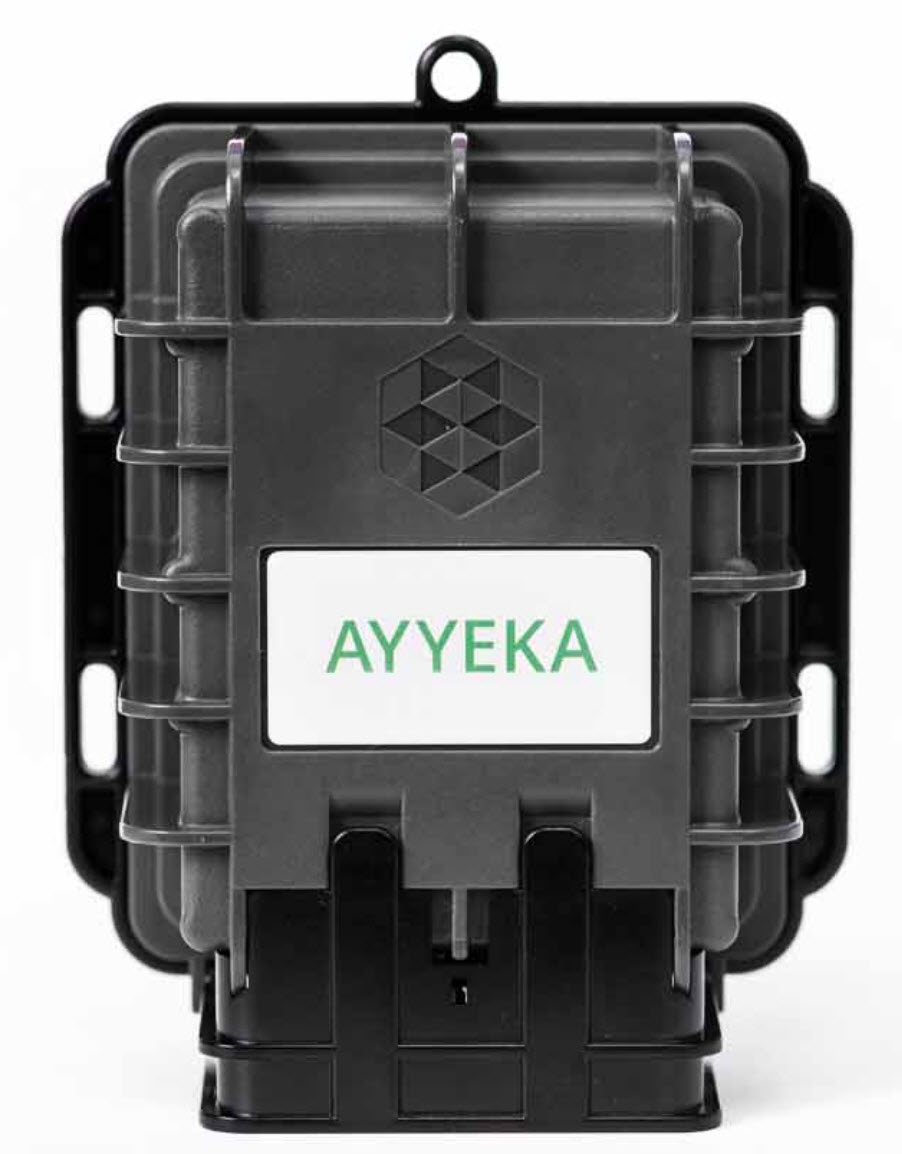IIoT – AYYEKA
FOR ALL YOUR AUTOMATION NEEDS
Why AYYEKA?

Data collection
Collecting data from physical assets about the state of critical resources is an enormous and complicated undertaking. The intrinsic value of data is nil. Data’s extrinsic value is revealed only after it is processed..
After analyzing bits and bytes reveals patterns and anomalies, value creation happens by implementing systems, processes, and incentives that improve decisionmaking. Data becomes valuable once it can be leveraged to increase the value of assets and the companies that own
them. Data can also help make the people who comprise organizations more productive and efficient. Industrial infrastructure segments such as water and wastewater, oil and gas and power are facing a tipping point. The problems they confront are increasing in number, severity, and complexity. Understanding and addressing these challenges is a top priority for decision-makers. Adopting a granular, data-driven approach is of paramount importance in the effort to enable effective and sustainable management of infrastructure and resources.

Remote Monitoring
While huge volumes of data are being created in virtually every industry, there is
a surprising gap in the infrastructure sector which oversees sprawling networks of
distributed assets. Establishing and maintaining visibility within these networks
has proved challenging to date. That need not be the case. Legacy automatic data collection systems abound. These often comprise large, expensive, customized monitoring
cabinets that require expert integration, permits, and external power. The alternative is manual monitoring. This entails sending engineers to the field with hand-held devices to collect grab samples and readings. These give a low return on investment (ROI) relative to the quantity of data collected. Due to the complexity and resource-intensive nature of generating high volumes of data, the infrastructure industries have historically either gone without data altogether or scraped by on the bare minimum necessary to effectively manage their networks. In recent years, new monitoring systems consisting of data-collection, communication, storage and visualization technologies and sensors have emerged that enable autonomous and continuous field data generation. These remote monitoring systems can be scaled throughout infrastructure and dispersed assets to create a web of such systems known as a smart network. Smart infrastructure networks allow for real-time data collection on a massive scale. This enables the visualization, optimization, and automation of resources.

Download the Brochure Now
Web Portal with full API functionality

